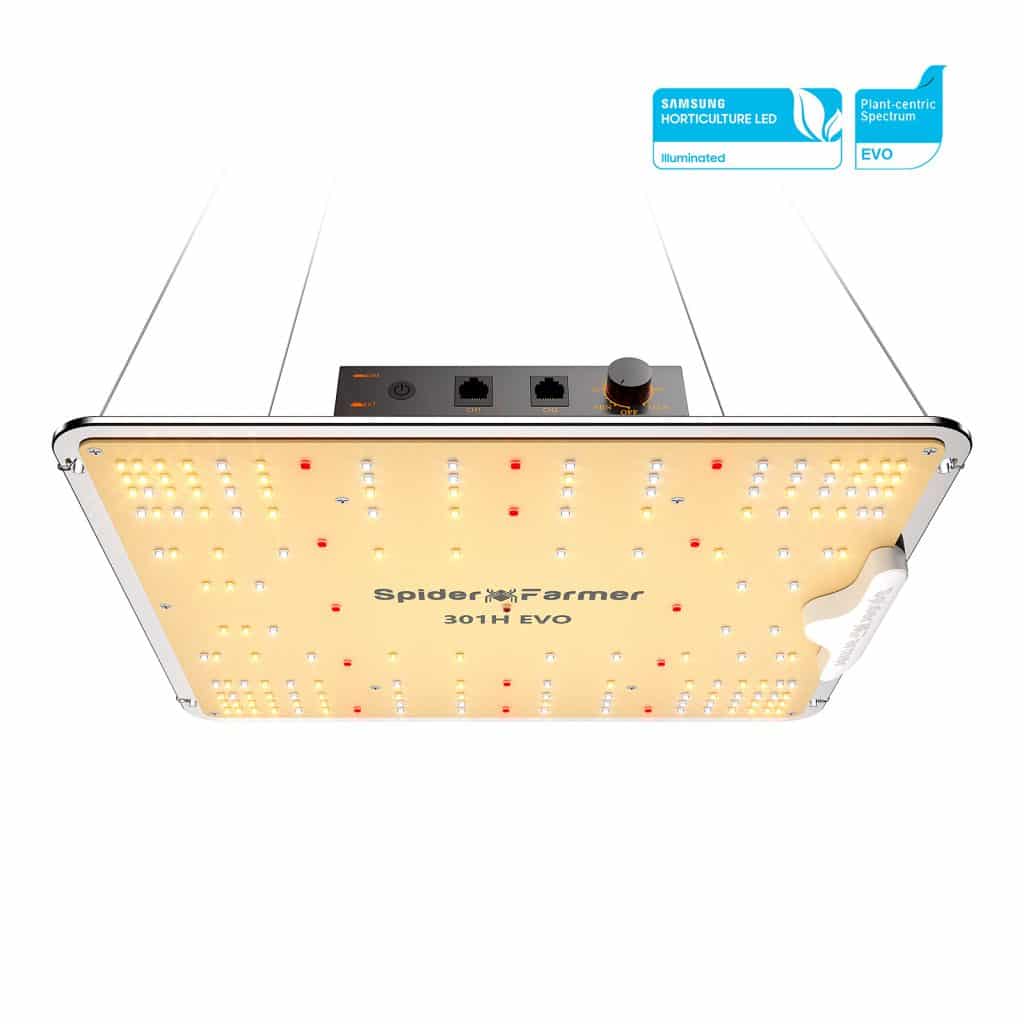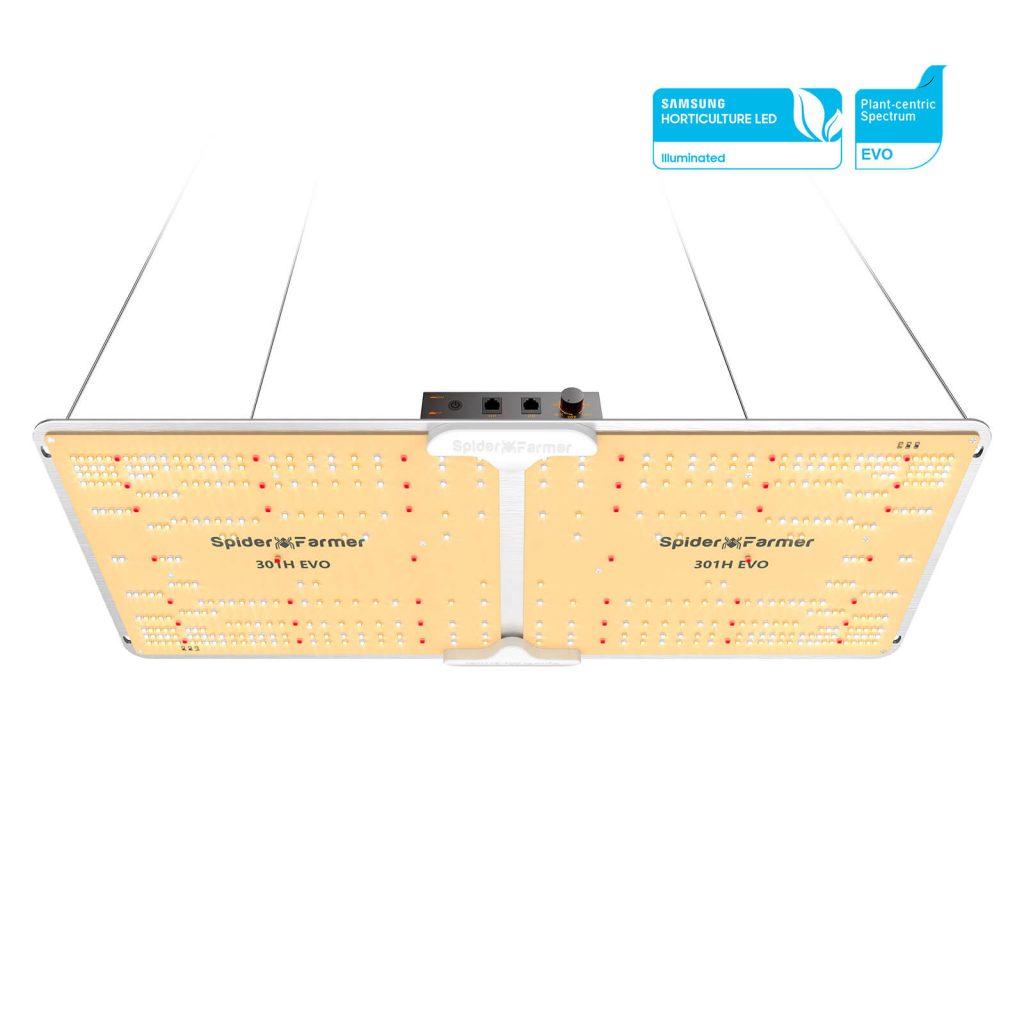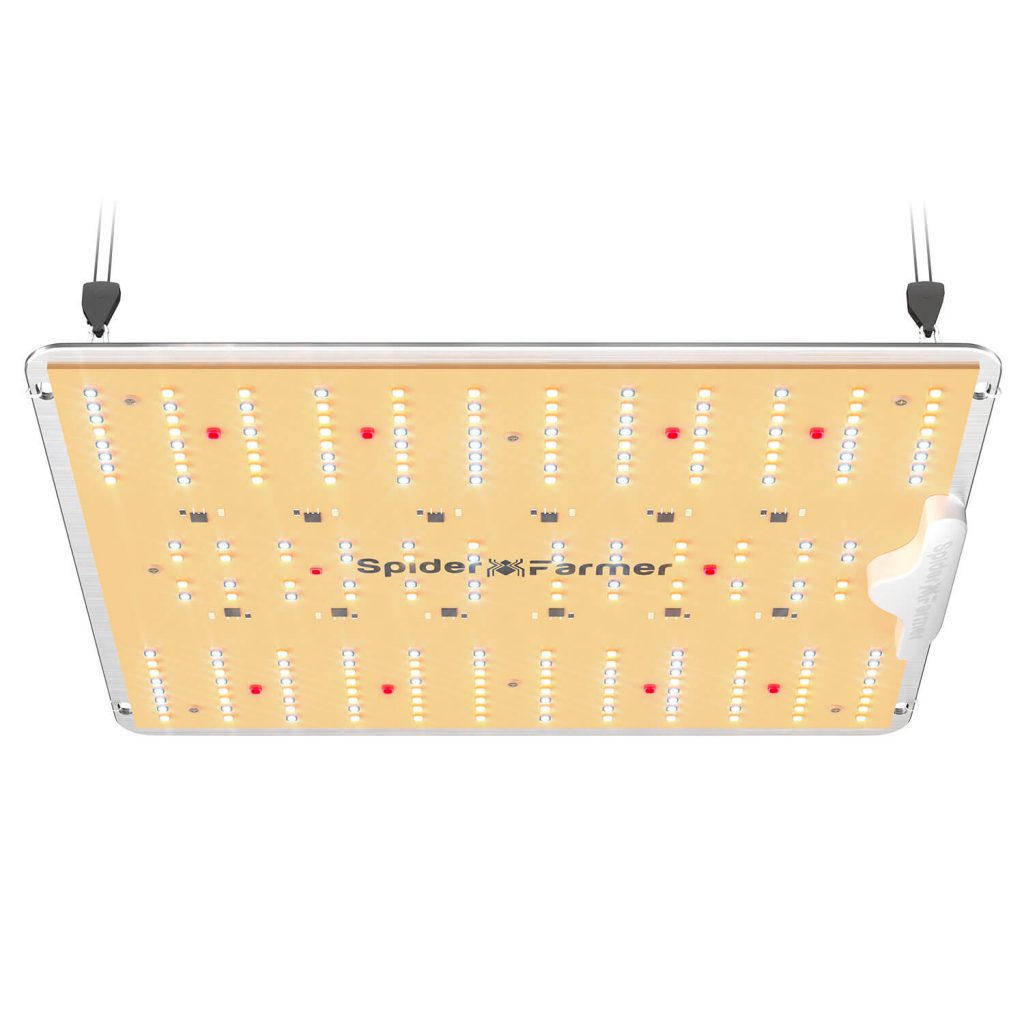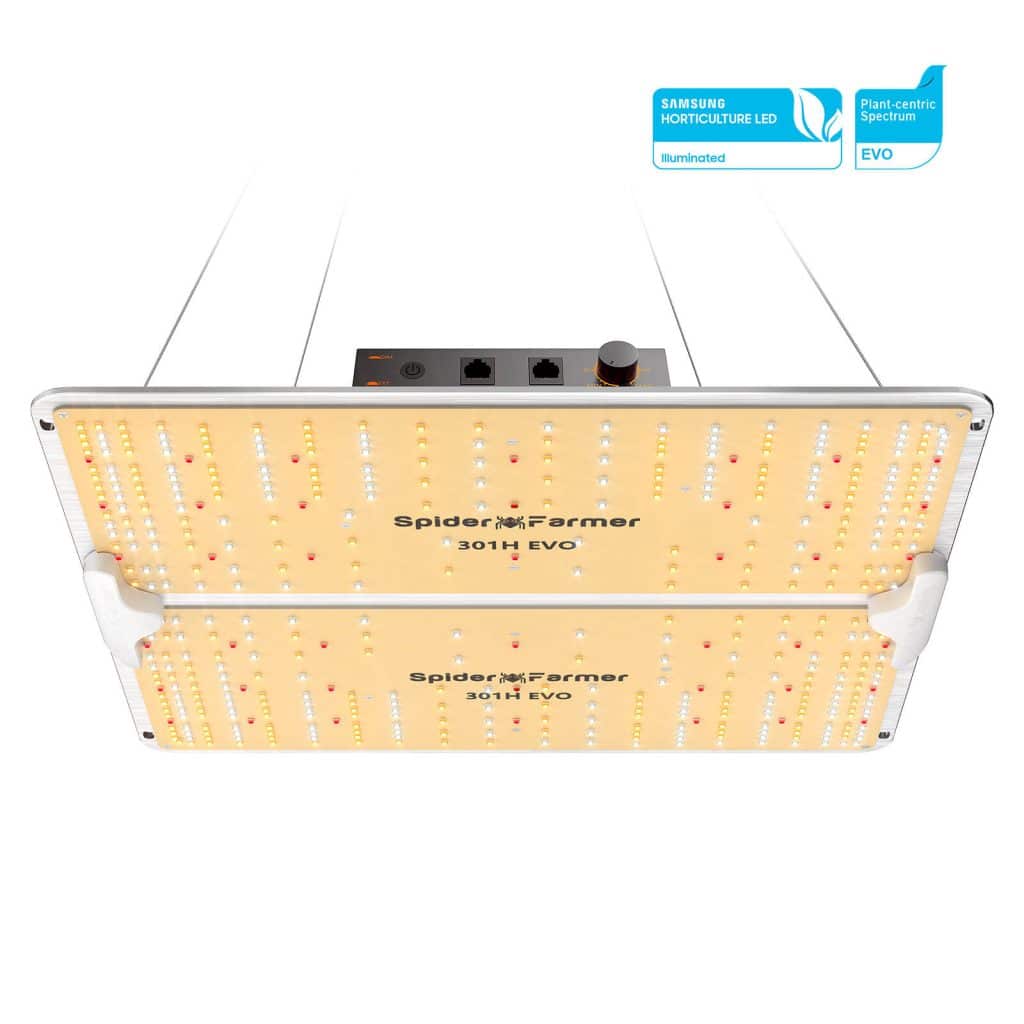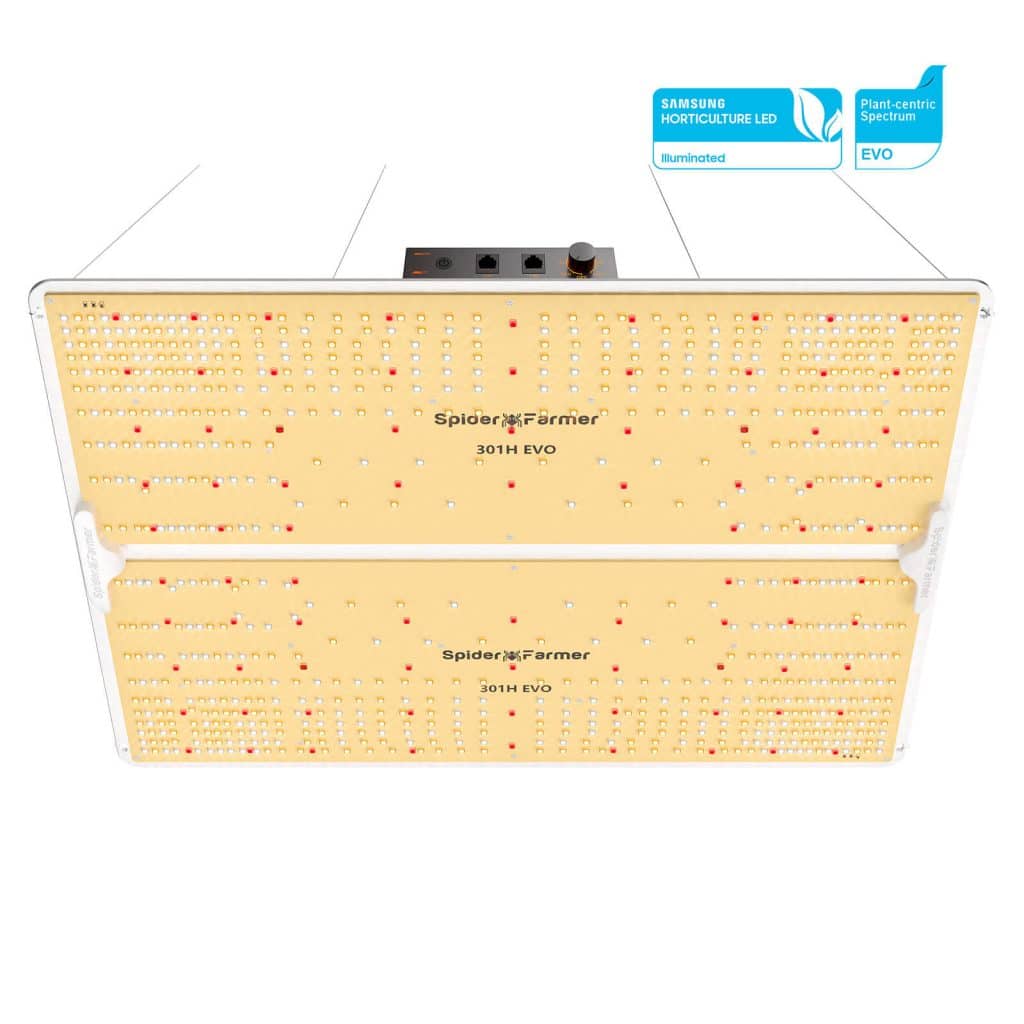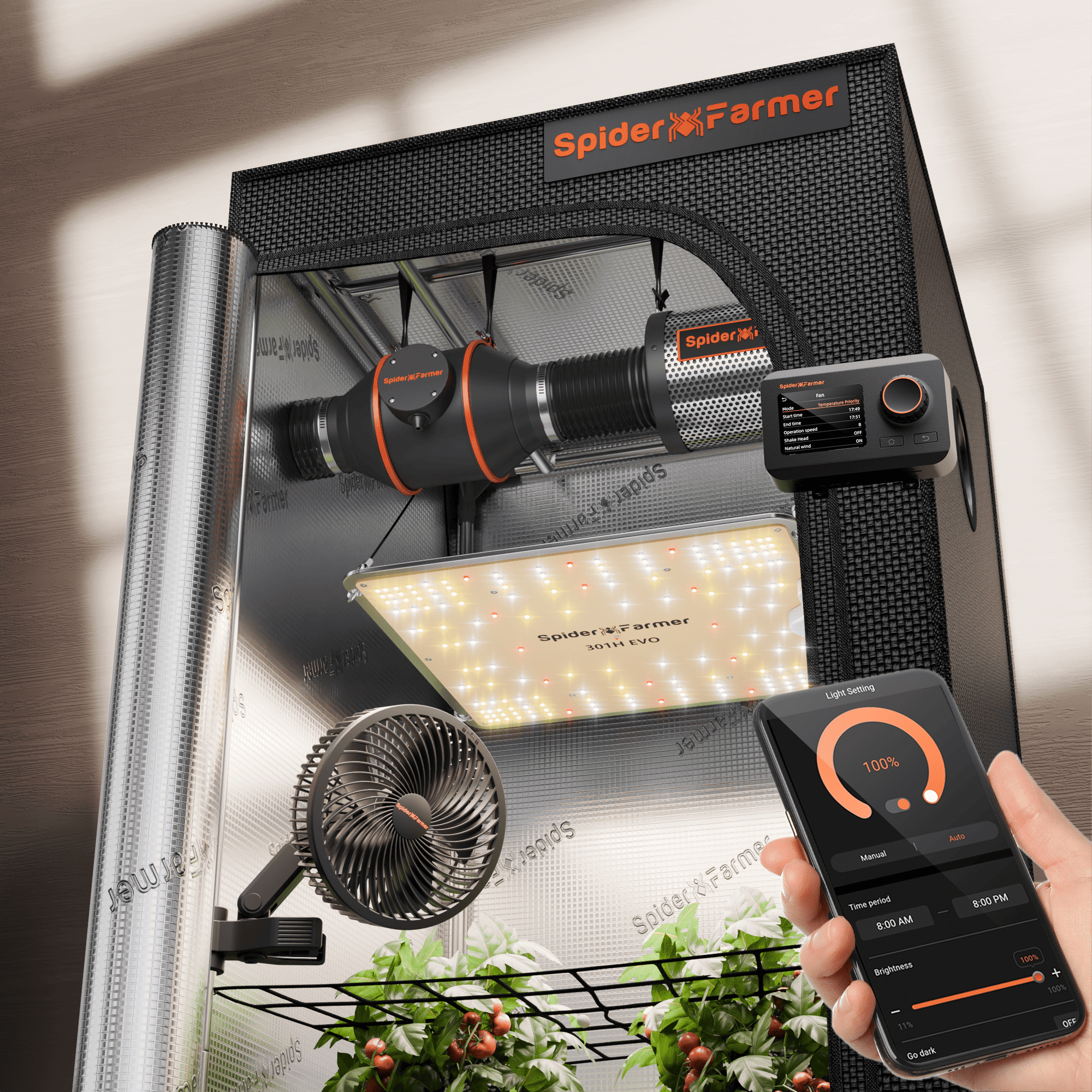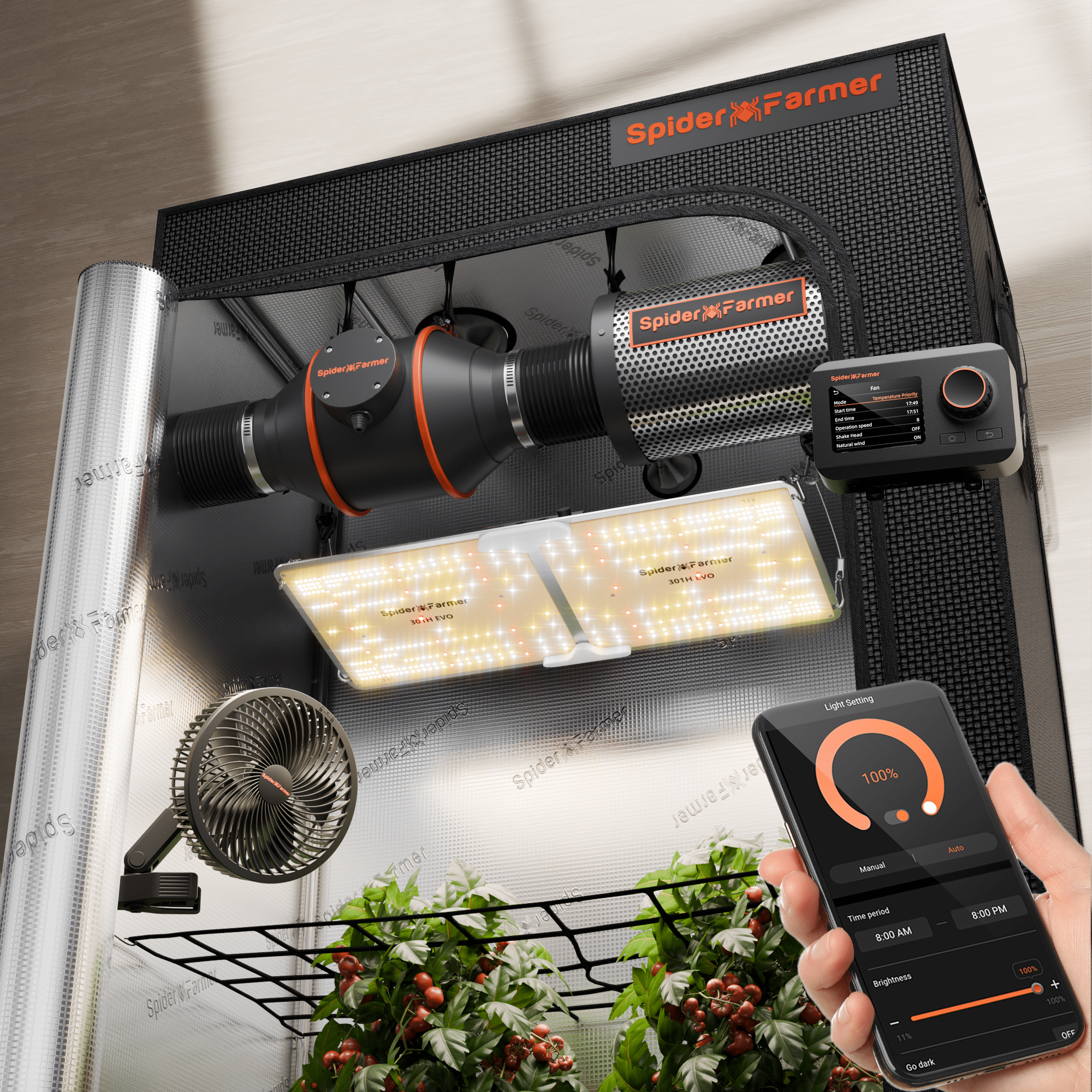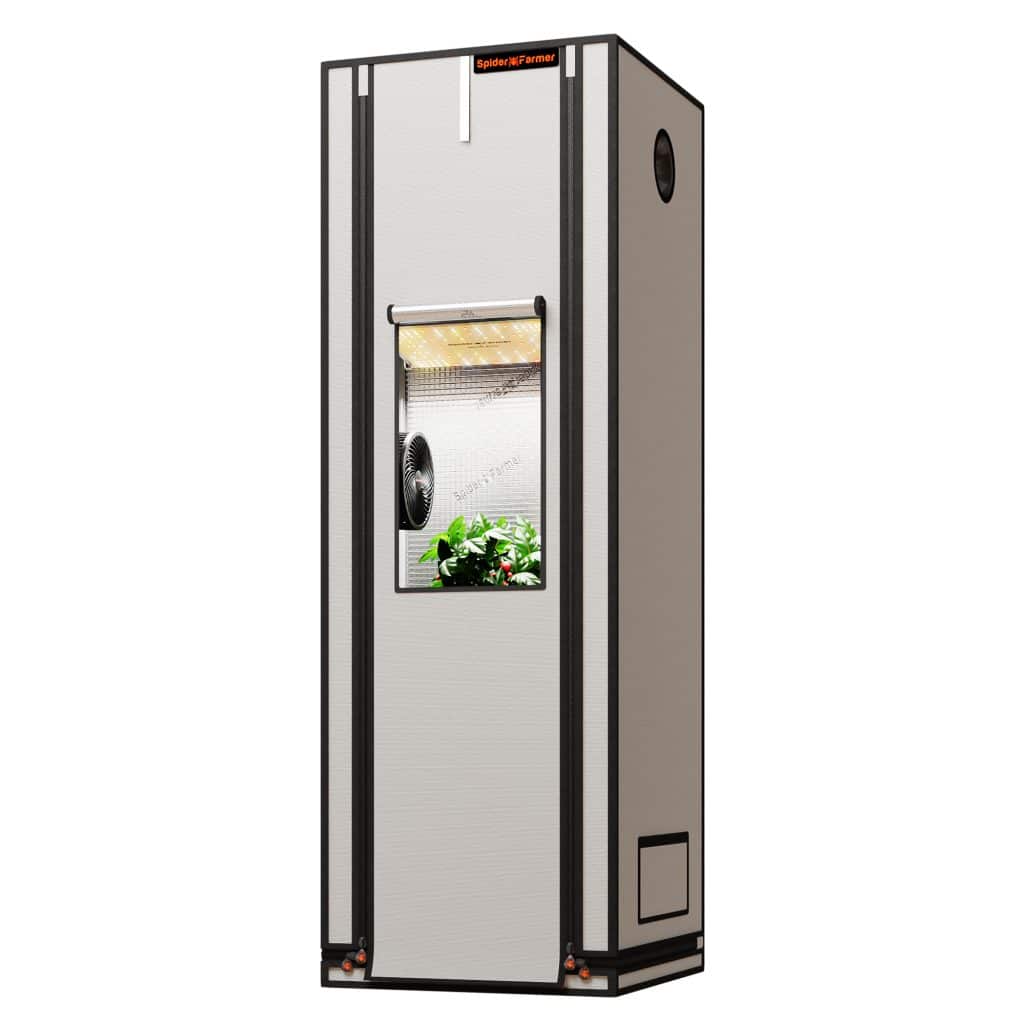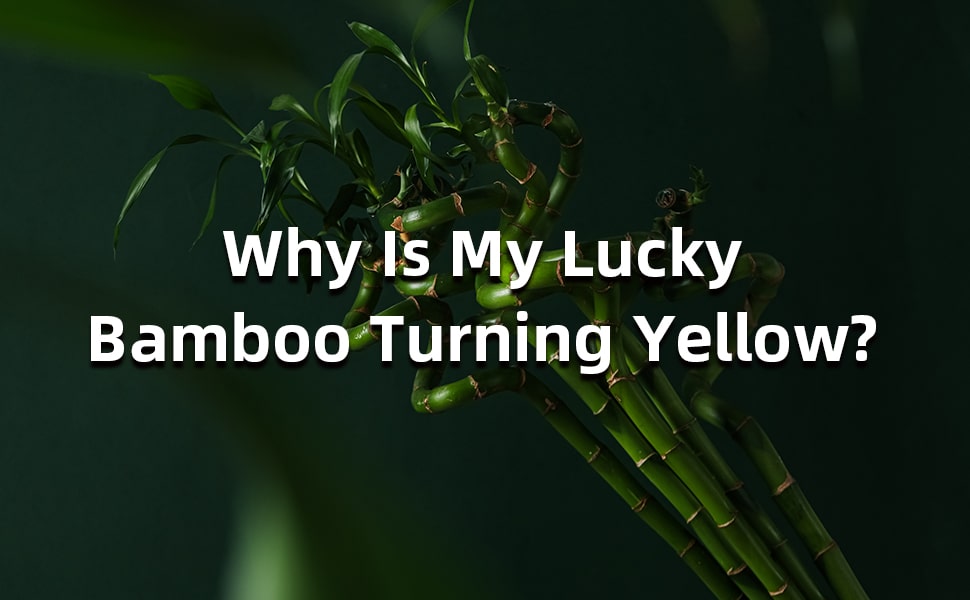7 Causes of Lucky Bamboo Turning Yellow
Lucky bamboo, despite its name, is not a true bamboo but belongs to the Dracaena family. It's cherished in many cultures for bringing good fortune and positive energy. For indoor gardeners, Lucky bamboo is a beloved houseplant known for its resilience and beauty, but when it starts turning yellow, it can be disheartening. Let's explore why is your lucky bamboo turning yellow and how you can restore the plant to its vibrant green glory.
Overwatering
When it comes to plant leaves turning yellow, overwatering is often the biggest culprit, and so is your lucky bamboo. Overwatering can suffocate the roots of lucky bamboo, leading to yellowing leaves. One example on the forum is that lucky bamboo purchased from retailers is often sitting in a pot without proper drainage. Such pots have pebbles below the container and don't allow excess water to escape, leading to root rot and yellowing leaves on the lucky bamboo.
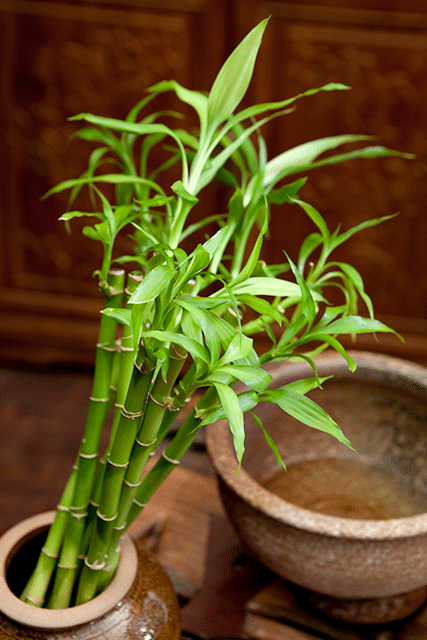
To address overwatering, start by repotting the plant into a pot with drainage holes. This allows excess water to escape and prevents the roots from soaking extremely wet. When repotting, gently remove the plant from the old pot, check for root rot, trim any mushy roots, and place it in the new pot with fresh soil. Adjust your watering habits by watering the plant thoroughly but allowing the top inch of soil to dry out before the next watering.
Underwatering
Conversely, insufficient water can cause the plant to dry out and turn yellow, particularly when planting lucky bamboo in potted soil. Signs of underwatering include dry, yellow leaves and brittle, dry roots. If you notice these accompanying signs, your lucky bamboo is in need of water.
To address underwatering, start by increasing the watering frequency. Water the plant thoroughly once a week, allowing excess water to drain out to ensure even moisture distribution. When planting lucky bamboo in the soil, make sure the soil remains damp but not soaked. If the plant is in water, ensure the water level covers the roots and change the water weekly to keep it fresh.
Toxic Chemicals in Tap Water
Tap water often contains chemicals like chlorine and fluoride, which are added to municipal water supplies to kill bacteria and make the water safe for human consumption. However, these chemicals piling up can be harmful to lucky bamboo. Chlorine, in particular, can be toxic to plants, causing the leaves to turn yellow and the plant to weaken over time. Fluoride can also accumulate in the soil or water where the lucky bamboo is growing, leading to leaf tip burn and discoloration.
To prevent these issues, it is best to use filtered or distilled water for your lucky bamboo. Filtered water removes harmful chemicals and impurities, providing a cleaner and safer water source for the plant. Distilled water is free of all minerals and chemicals, making it an excellent choice for ensuring your plant receives pure hydration.
Root Bound
Root-bound lucky bamboo occurs when the roots have outgrown their current pot, leading to overcrowding and suffocation. When the roots become too compacted, they struggle to absorb water and nutrients efficiently, even if you are providing adequate care. This condition can cause stunted growth, yellowing leaves, and overall poor plant health.
To address a root-bound situation, repot the lucky bamboo into a larger container that allows more room for root expansion. Choose a pot that is at least one size larger than the current one and ensure it has adequate drainage holes. Gently remove the plant from its current pot and carefully loosen the roots, removing any that are dead or excessively tangled. Place the plant in the new pot, filling around the roots with fresh, well-draining soil or clean water if you're growing it hydroponically.
Too Much Fertilizer
Over-fertilization can be detrimental to lucky bamboo. When too much fertilizer is applied, the salts and nutrients can build up in the soil or water, causing a toxic environment for the roots. This buildup can prevent the plant from absorbing water properly, leading to dehydration and nutrient imbalances. If you suspect over-fertilization, flush the soil with plenty of clean water to remove excess salts and refrain from fertilizing for a few months to allow the plant to recover.
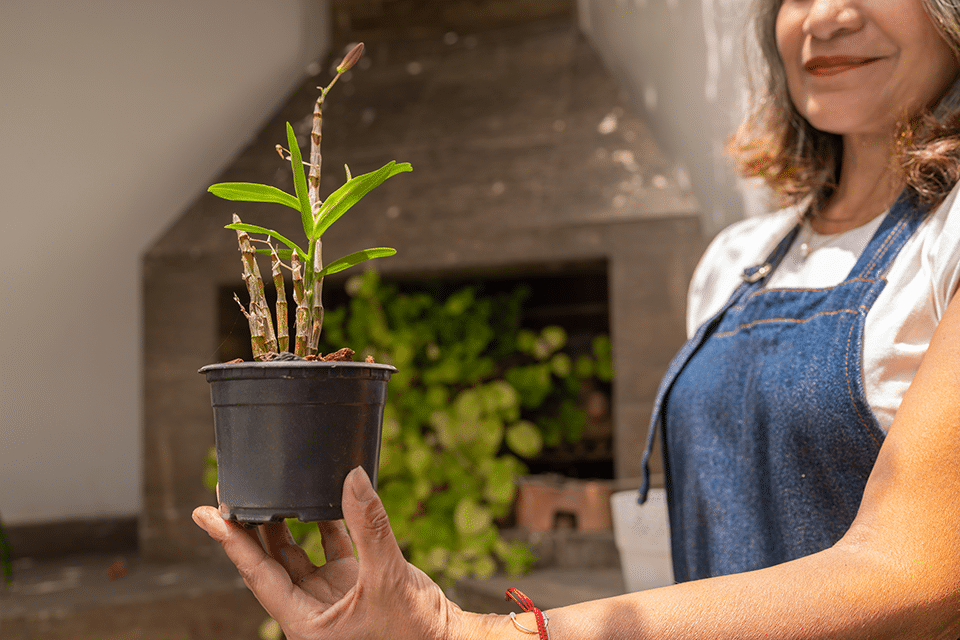
Temperature Extremes
Lucky bamboo is sensitive to temperature fluctuations. Abrupt changes, whether hot or cold, can shock the plant and cause the leaves to turn yellow. This stress response is due to the plant's inability to adjust quickly to sudden shifts in its environment.
When growing lucky bamboo indoors, maintain a stable temperature range of 65°F to 90°F. Avoid placing the plant near heating or cooling vents, open windows, or drafts where temperature changes are common.
Aging
Natural aging is another reason why lucky bamboo leaves might turn yellow. As the plant matures, it is normal for older leaves to yellow and fall off, making way for new growth. This is a natural process and does not necessarily indicate a problem with your plant care.
How to Revive Bamboo Leaves Turning Yellow
We bet you are hoping for an all-in-one solution that can be quickly implemented, unfortunately, your lucky bamboo can showcase yellowing leaves due to all the causes mentioned above, so it’s hard to revive the plant with one solution for all. But one thing is sure, that is to trim yellowing or dying leaves to encourage new growth first.
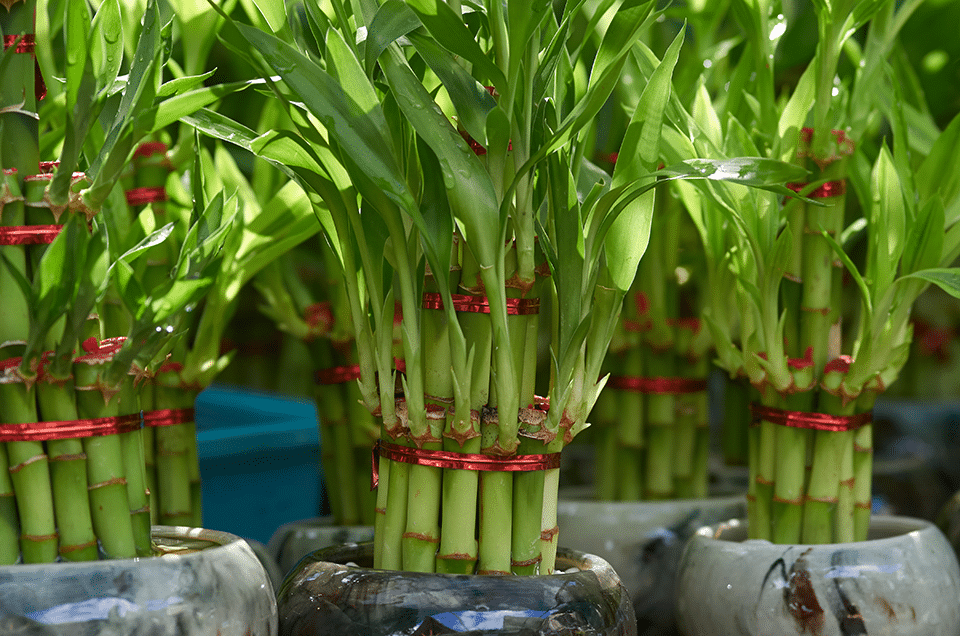
Then, if the soil is consistently soggy, reduce the watering frequency. If the soil is dry and the leaves are yellowing, give it a full drink but avoid using the tap water directly. If the plant is root-bound, repot it into a larger container with fresh, well-draining soil. Carefully loosen the roots and remove any dead or excessively tangled ones before repotting. To sum up, take action based on the cause to revive a yellowing lucky bamboo.



